#solicitor.
Photo

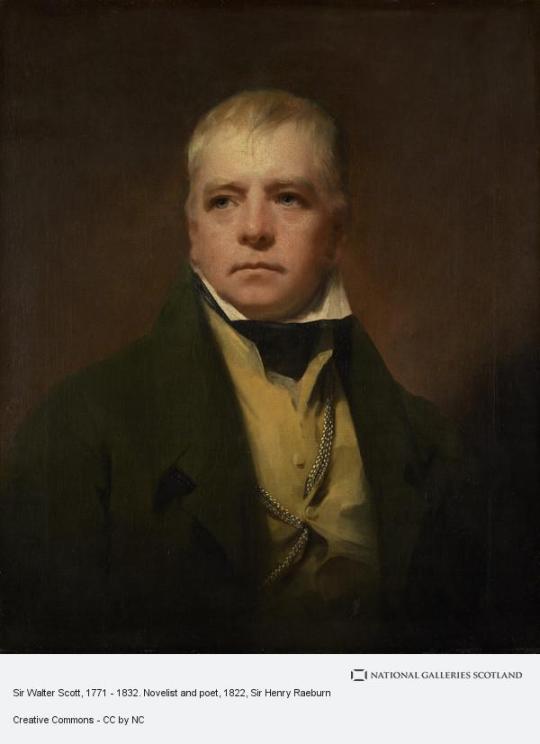
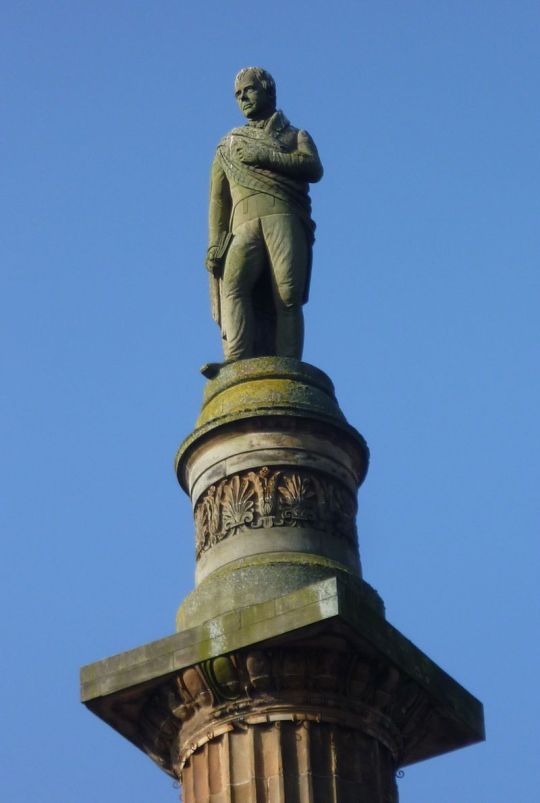
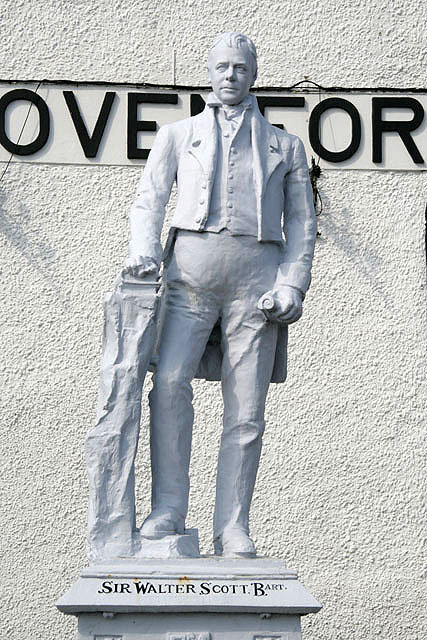


On September 21st 1832 the novelist and poet Sir Walter Scott died aged 61.
Born in a small third floor flat in College Wynd in Edinburgh’s Old Town, Walter was the ninth child of Anne Rutherford and Walter Scott, a solicitor and member of the private Scottish society known as the Writers of the Signet, so called for their entitlement to use the Scottish King’s seal – known as the signet – when drawing up legal documents.
Whilst the Scott’s home near the University was a popular area for lecturers and professionals like Scott’s father to live, in reality the small, overcrowded alleyway saw little natural light and clean air and suffered from a lack of proper sanitation. Unsurprisingly perhaps then, that six of Anne and Walter’s children died in infancy and the young Walter (or ‘Wattie’ as he was affectionately known) when he was just two years old, Scott became afflicted with polio. Though he survived the illness, his right leg would be unusable for the rest of his life.
Writing was not Scott’s first career choice. He studied law, which he practiced after completing his studies. He later served as sheriff-deputy of his county, for our those not familiar with the term sheriff in Scotland one doesn’t have a star and six shooters but was a judge in the Scotland’s courts, a term still used to this day.
In the 19th century, Scott's stories and poems put Scotland on the map as a tourist destination. And while his writings spanned the whole country, his heart was always in his adopted home of the Scottish Borders. In fact, the Borders feature in three of his novels, The Monastery, The Black Dwarf and Saint's Ronan's Well.
I wont go into his literary output this time, instead I will give you a few facts about one of our greatest storytellers...
Scott contracted polio as a child and temporarily lost the use of his right leg. When he was sent to his grandfather's farm in Sandyknowe to recuperate, his passionate love affair with the Scottish Borders began.
A second bout of bad health a few years later saw him convalescing in Kelso, where he learned even more about the old songs and folklore of the region. If it hadn't been for those fateful illnesses, Scott wouldn't have been inspired to celebrate the Borders in his work and it wouldn't have become such a popular visitor spot. His periods of ill-health meant he always walked with a stick, as seen in many paintings of him.
In 1786, when Scott was just 15, he bumped into Scotland's celebrated poet at a party thrown by philosopher Adam Ferguson . The two didn't speak much, but Scott later remembered being struck by the poet's dignity and the emotion that glowed in his eyes. Burns in turn appears to have been impressed by the young Scott's knowledge of poetry. The “scene” painting is an imagination of the event painted years later.
Sir Walter who conjured up the fashion magazine term “glamour”. It had a bit of a different meaning than it does now though — he actually took it from the old Scottish word 'gramarye', which means a spell that enchants the eye. It appears in his 1805 poem, 'The Lay of the Last Minstrel'.
Dark was the vaulted room of gramarye,
A moment then the volume spread,
And one short spell therein he read:
It had much of glamour might;
Could make a ladye seem a knight;
The cobwebs on a dungeon wall
Scott expanded upon the nature of glamour further in his Letters on Demonology and Witchcraft of 1830, when in letter three he wrote that “This species of Witchcraft is well known in Scotland as the glamour, or deceptio visus, and was supposed to be a special attribute of the race of Gipsies.”
It is widely regarded that Sir Walter Scott invented the historical novel
Scott was the first English language author to enjoy worldwide fame while he was still alive. And with Waverley in 1814, he actually invented the entire genre of the historical novel.
Five years later, his novel Ivanhoe helped to create our contemporary concept of Robin Hood, making the outlaw a nobleman called Robin of Locksley. This idea later inspired the 1991 movie, Robin Hood: Prince of Thieves, proving that Scott's imagination is timeless. Eventually, he used the financial rewards from his writings to build his house, Abbotsford, on the banks of the Tweed.
Sir Walter Scott served as chairman of the Royal Society of Edinburgh and was also a member of the Royal Celtic Society. His own contribution to the reinvention of Scottish culture was enormous, even though his re-creations of the customs of the Highlands were fanciful at times.
Scott has been credited with rescuing the Scottish banknote. In 1826, there was outrage in Scotland at the attempt of Parliament to prevent the production of banknotes of less than five pounds. Scott wrote a series of letters to the Edinburgh Weekly Journal under the pseudonym "Malachi Malagrowther" for retaining the right of Scottish banks to issue their own banknotes. This provoked such a response that the Government was forced to relent and allow the Scottish banks to continue printing pound notes. This campaign is commemorated by his continued appearance on the front of all notes issued by the Bank of Scotland.
Scott spent his last days at his house in Abbotsford, Roxburgh. He requested to be moved to the dining room in order to have a clear view of his beloved River Tweed from the window.
He died on this day 1832 and was buried in the already derelict Dryburgh Abbey - a spot he identified at an early age as his resting place.
29 notes
·
View notes
Text
Most likely, at some time in your life, you'll need a litigation attorney. This is a qualified individual who can advocate for you in court while resolving conflicts with another person.Whether you are the defendant or the plaintiff, a litigation attorney will represent you. When that time comes, be sure to get the best attorney.
0 notes
Text
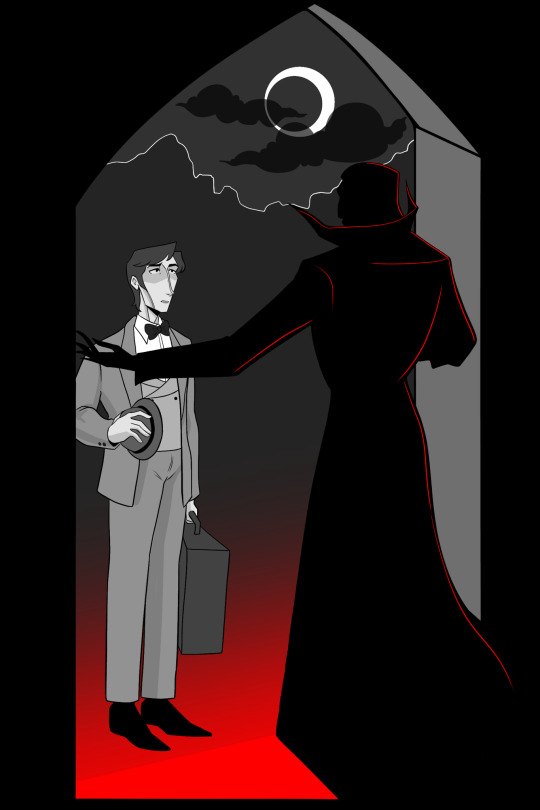
Our good friend Jonathan Harker has finally made it to the totally normal house of his new client!
#dracula#dracula daily#re: dracula#he sounded so excited about being a proper solicitor now#💖💖#my good friend jonathan harker#Paris’s box of classic lit blorbos
3K notes
·
View notes
Note
I think what I love most about the idea of Jonathan clearly becoming Something Else is that it's so much scarier than a vampire. We know the rules and limitations of a vampire. Van Helsing can even provide a list. But Something Else? Let's be real, not even Jonathan knows.
Quincey: Hey, I couldn't help but notice Harker is kind of, uh. Metamorphosing in the corner over there.
Van Helsing: He is going through a grief-filled and harrowing time, Friend Quincey.
Quincey: True. But I don't tend to recall 'spontaneous hair color change, wall-crawling, inhuman speed, blazing eyes, and having an omnipresent heightening scare chord present in the soundtrack whenever you do things' as part of the grieving process.
Van Helsing: Are you not supposed to be laconic?
Quincey: Are you not supposed to be up every available textbook's ass about supernatural happenings in our vicinity?
Van Helsing: Friend Quincey, in fullest honesty, I feel it is best that he copes as he likes. If that means he has to transmute into an entity unknown to the written word or human recognition, that is his choice.
Quincey: ...
Van Helsing: ...
Quincey: So you're putting caring on hold because the Cross and Wafer combo hasn't given him hives.
Van Helsing, pouring himself his third stress-brandy: Perhaps.
Quincey: Jack, back me up here? We should be a little concerned, right?
Jack, has been melting into a manhood-admiration puddle as he watches Jonathan 'White-Haired Romantic Horror Anime Man' Harker handling his kukri in plain view for the past 3 hours: yeag
#let Jonathan be a confusing solicitor cryptid#he wears it well#monster jonathan harker#Jonathan Harker the Something Else#jonathan harker#dracula#re: dracula#dracula daily
2K notes
·
View notes
Text
freaking out about exams in may but also reminding myself my good friend jonathan harker will be back and it will all be okay
#dracula#more of moth#dracula daily#my emotional support traumatized solicitor#i also need back my emotional suppport silly cowboy and my emotional support fucked up doctor#mina isn’t there for emotional support i just love her#re: dracula
784 notes
·
View notes
Text
Made another rough comic for the “Time Traveling Quincey Harker helps save Jonathan” AU
Original concept here
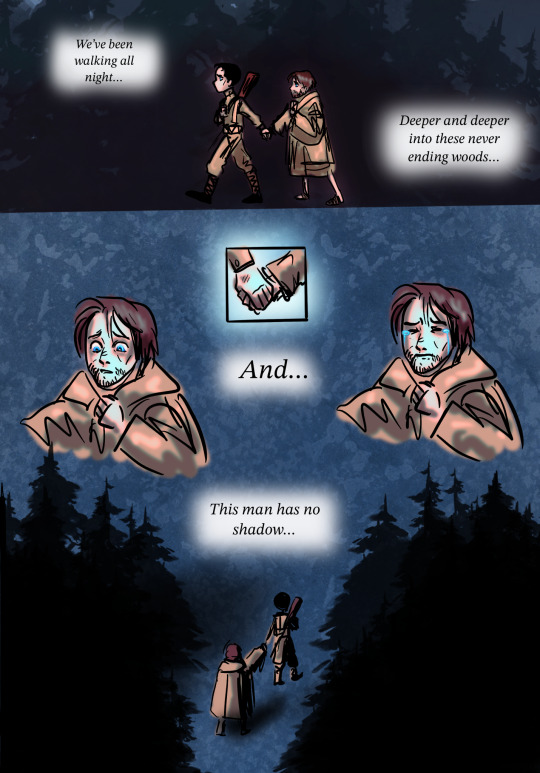
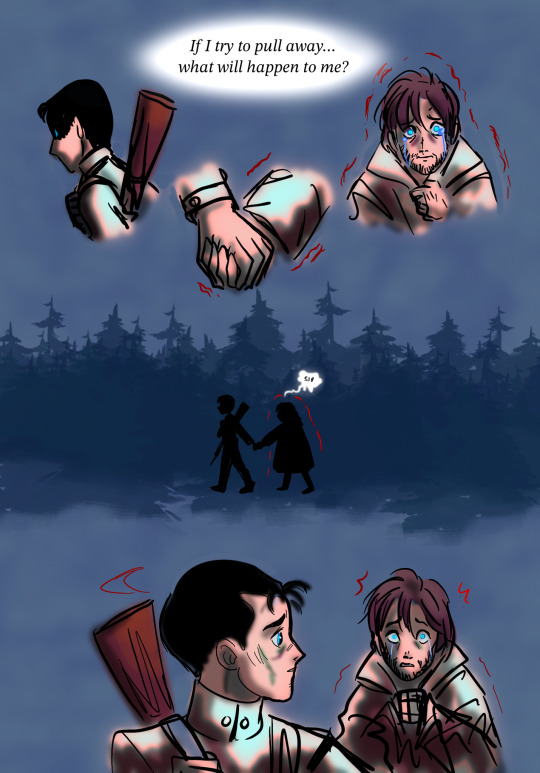


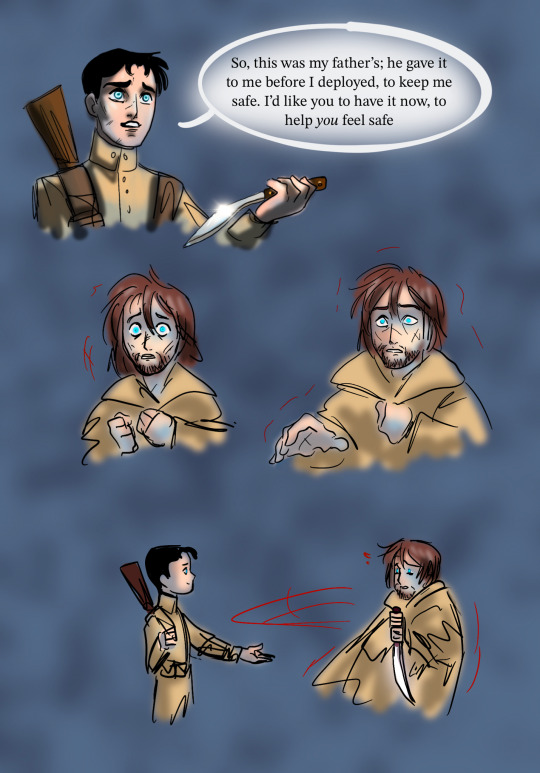

Part 2
#my art#Quincey time travel AU#Dracula#jonathan harker#Quincey Harker#(did the Kukri just self generate in this timeline? who knows xD)#dracula daily#kinda#probably ok to still tag it as it’s what got Tumblr excited about Dracula anyway xD#dhampir#dhampir adjacent anyway#the soldier and the solicitor
685 notes
·
View notes
Text

jonathan harker, professional sufferer
#dracula#dracula daily#jonathan harker#my friend jonathan harker#art#fanart#duckytree#babygirl#mina you lucky woman you wifed up englands most pathetic solicitor
556 notes
·
View notes
Photo


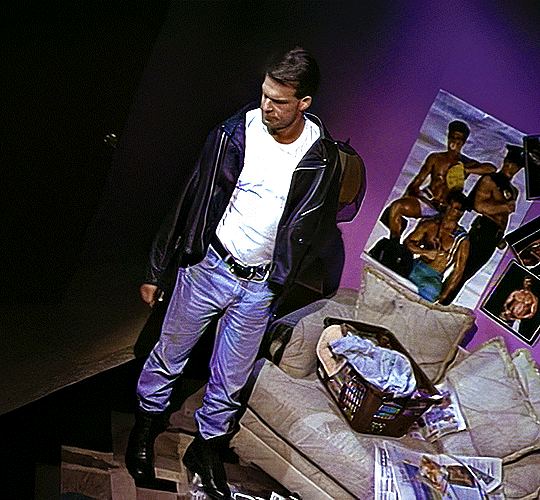
Zak Spears
in Solicitor (1994) dir. Jim Steel
#Solicitor#Jim Steel#Zak Spears#vintage gay#guys#*#**#gay leather#gayedit#kazeo2se#usermack#userflex#userdylan#userpedro#holesrus
1K notes
·
View notes
Photo
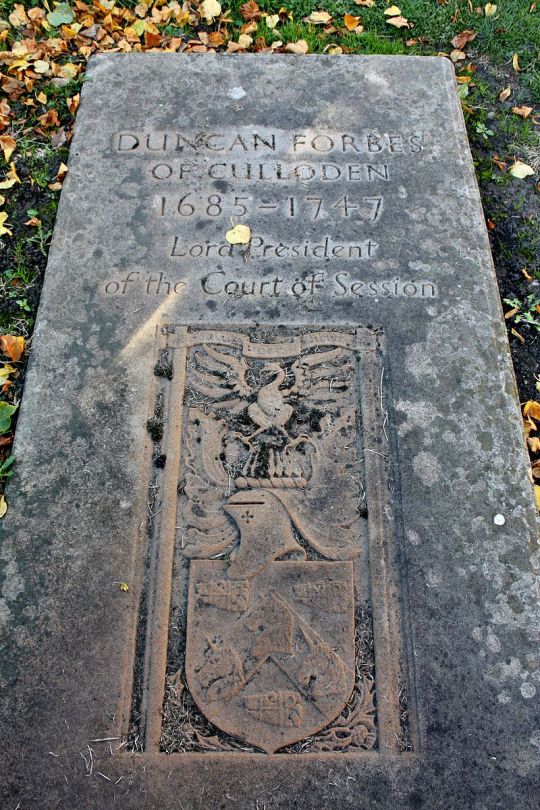



December 10th 1747 saw the death of Duncan Forbes of Culloden, the Lord President of the Court of Session.
Duncan Forbes was born on 10 November 1685, in Culloden House, near Inverness, second son of Duncan Forbes, 3rd laird of Culloden, and Mary Innes. His elder brother, John was 12 years older. Forbes attended the local grammar school and then matriculated at Marischal College in Aberdeen in 1699. His brother John inherited the Culloden Estate when their father died in 1704. Forbes briefly attended the University of Edinburgh in 1705, then received his law degree from Leyden University in the Netherlands. He returned to Scotland in 1707 and in married Mary Rose in 1708. They had one surviving child, John Forbes Upon his brother John’s death in 1734, Forbes inherited the Culloden Estate.
During the Jacobite Rising of 1715, Forbes and his brother raised independent companies and fortified Culloden and Kilvarock. They joined forces with Simon Fraser, Lord Lovat, and forced Inverness to surrender to them just before the Jacobite defeat at the Battle of Sheriffmuir. As a reward, Forbes was made Depute-Advocate in March 1716. This required him to prosecute Jacobite prisoners being held in Carlisle, contrary to the accepted practice they be tried in the counties where the actions were alleged to have taken place. Forbes regarded this as unjust and apparently collected money for the support of Scottish prisoners in Carlisle.
In 1721, Forbes represented Ayr Burghs as a Member of Parliament (MP.) Then in 1722, he was elected for Inverness Burghs, a seat he held until 1737 when he resigned. Forbes was appointed as Lord President of the Court of Session, becoming the senior legal officer in Scotland. He held this position until his death in 1747.
The 1745 Jacobite Uprising began when Prince Charles and a few companions landed on Eriskay on 23 July. Forbes received word of the landing on 9 August and he notified the British Government in London. After the Jacobite army entered Edinburgh and achieved a victory at Prestonpans in September, Forbes and John Campbell, Earl of Loudoun based themselves in Inverness with around 2,000 recruits. They were forced to retreat to the Isle of Skye when the Jacobites retreated to Inverness after abandoning the siege of Stirling Castle in February 1746. Prince Charles used the Culloden Estate as his headquarters during the preparations for the Battle of Culloden. After the British Government victory in Culloden in April, Forbes returned home to find his house looted and all his cattle stolen.
While he supported severe penalties for the leaders, Forbes counselled that 'Unnecessary Severitys create Pity.' He opposed the 1746 Dress Act banning Highland attire except when worn in military service, arguing it was unnecessary and enforcement of the 1716 Disarming Act was more important. This advice was largely ignored.
Forbes himself was financially ruined by the Rising, due to the damage done to his estate and because he was never reimbursed for the monies spent on behalf of the government. He died on this day in 1747 and was buried in Greyfriars Kirkyard, near to his brother John. A statue of him by Louis-François Roubiliac was erected in the Parliament House, Edinburgh by the Faculty of Advocates in 1752.
19 notes
·
View notes
Text
obsessed with the fact that jonathan fully climbed down the outside of castle dracula in his socks. what an absolute maniac. this is what happens when you push a solicitor to their breaking point.
#dracula#dracula daily#jonathan my good friend jonathan!!!#ETA OK I CHANGED IT#damn i just thought the phrase ‘real estate agent’ was funny ok i know he’s a solicitor#but now this is also confusing me bc i thought estate agents WERE solictors???#eh idc not my problem
7K notes
·
View notes
Text
No Soliciting!

#Bechstein's Bat#bats of Europe#Bats of Asia#Bat of the day#daily bat#bat#bats#batposting#cute bats#cute animals#look at them!#No solicitors
276 notes
·
View notes
Text
Jonathan: “I need to learn all I can of the Count. It may prove useful later. But how to turn the conversation that way?”
-One Minute Later-
Jonathan, lounging in the library, twirling his hair: “We’ve been talking about England all this time. But you know what’s better than England?”
Dracula: :0 ?
Jonathan, batting his lashes: “You and your homeland. And the longest winded history lessons on them as possible, please, if you wouldn’t mind terribly.″
Dracula, hasn’t had a willing captive audience in ages, is his own favorite subject: :D !
#on the one hand Dracula definitely knows he's being played for time and information#on the other hand he's a big gothic peacock#meanwhile Jonathan's just sitting there nodding and teeheeing through the war stories#(this sly dog of a solicitor's got him monologuing)#jonathan harker#dracula#dracula daily#re: dracula
1K notes
·
View notes
Text


I really like Lizzie Beaufort. I would love to see a story set in Revachol where you get to see her legally represent people in Martinaise, I think it would be great
#disco elysium#elizabeth beaufort#Lizzie would be a good lawyer / solicitor though#Unlike Jimmy McGill#I couldn’t pass up the chance to make her a cheesy lawyer flyer though#ace’s art
208 notes
·
View notes
Text

Was thinking about Quincey Harker having to live through the horrors of WW1, and read some angsty stuff of Jonathan escaping the castle, and had a little plot bunny of time slipping, war traumatized Quincey stumbling into the wild woods of Transylvania, and finding vampire traumatized Jonathan , and the now the same-aged father and son have to survive together and escape back to civilization
Does Quincey even recognize his wreck of a father, who can barely remember his own name at this point? Is Jonathan traumatized more by his strange rescuer’s hints of eldritchness? (Kid was born from two almost vampires he’s definitely got some). They can try and figure that stuff out once they make it past the wolves…
Edit: Comic starts here
#my art#jonathan harker#quincey harker#Dracula#dracula daily#I know it’s over but only just and Quincey is in the last part so#time travel#jonmina#cuz Quincey’s their baby#quincey time travel au#the soldier and the solicitor
639 notes
·
View notes
Text

'What sort of place had I come to, and among what kind of people? What sort of grim adventure was it on which I had embarked? Was this a customary incident in the life of a solicitor's clerk sent out to explain the purchase of a London estate to a foreigner?'
#INFINITELY relatable of him#jonathan staring up at the creepy castle frantically wondering 'THIS CANT BE NORMAL RIGHT'#maybe everyone has to deal with this on their first work trip as a solicitor!! idk!!!#dracula daily#dracula#gay belligerence
8K notes
·
View notes
Text
Jonathan sitting at the old writing desk today like
✍️ woe that I must be trapped in this castle, but at least now I can pretend to be a girl trapped in a castle… ✍️
#dracula#dracula daily#dracula bram stoker#jonathan harker#may 15#he is so transfem tho#female boy solicitor
403 notes
·
View notes